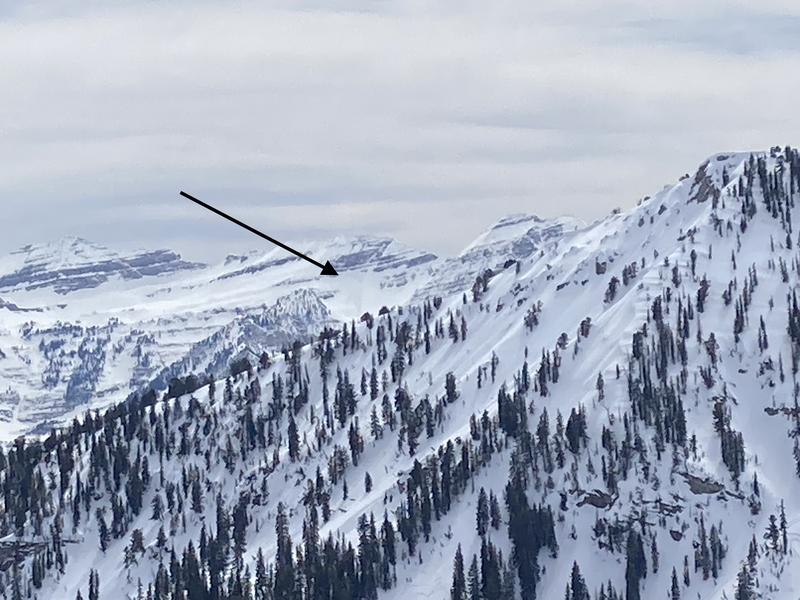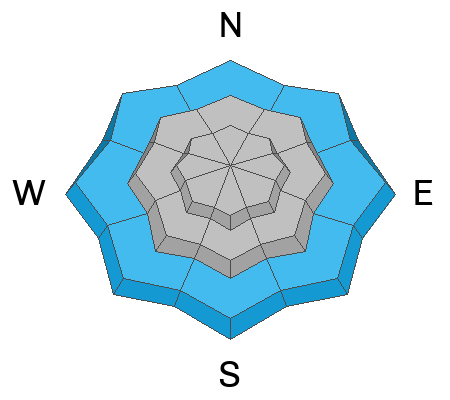Forecast for the Provo Area Mountains

Issued by Greg Gagne on
Friday morning, April 5, 2024
Friday morning, April 5, 2024
The avalanche danger is mostly LOW with a MODERATE danger at low elevations with wet-loose avalanches possible due to poor overnight refreezes. The avalanche danger could rise to MODERATE at the mid and upper elevations during the afternoon as gusty winds drift new snow into shallow soft slabs of wind-drifted snow.

Low
Moderate
Considerable
High
Extreme
Learn how to read the forecast here








